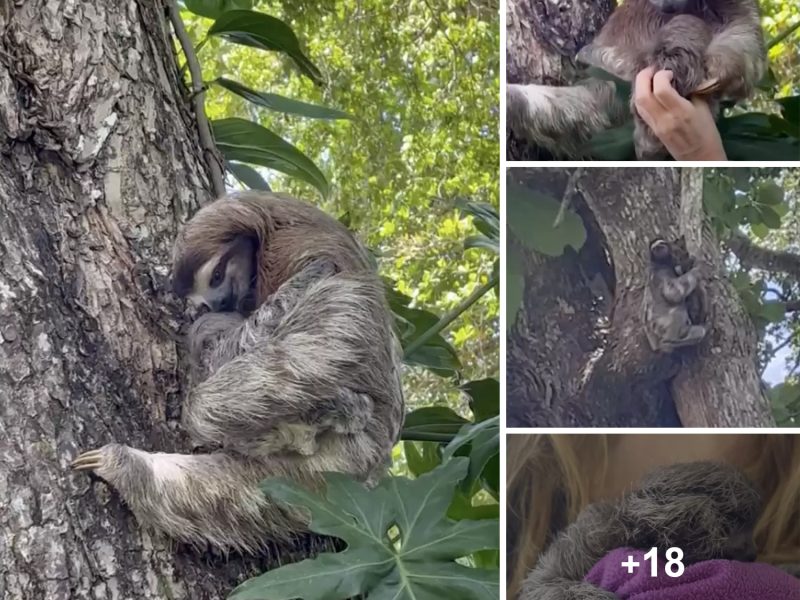A tiny bird whose iridescent rufous tones blend and shimmer to create a stunning little gem of a bird.
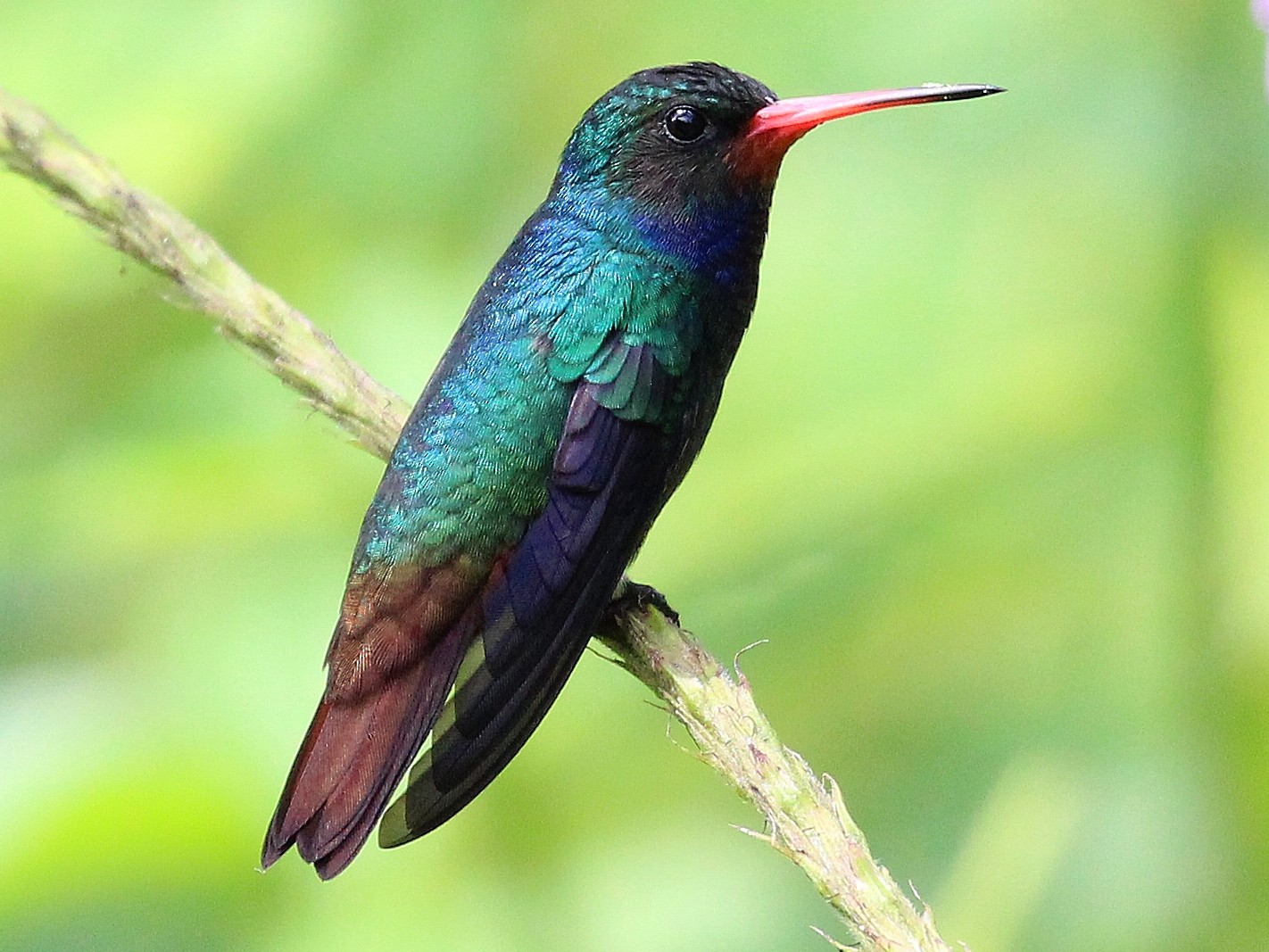
The rufous-throated sapphire (Hylocharis sapphirina), is a species of hummingbird in the Trochilidae family. The male has mainly green upperparts, lower breast, and belly. This green is shiny, almost iridescent in appearance. His chin is rufous, fore-neck and upper breast, a glittering sapphire blue. His bill is coral-red with a black tip.
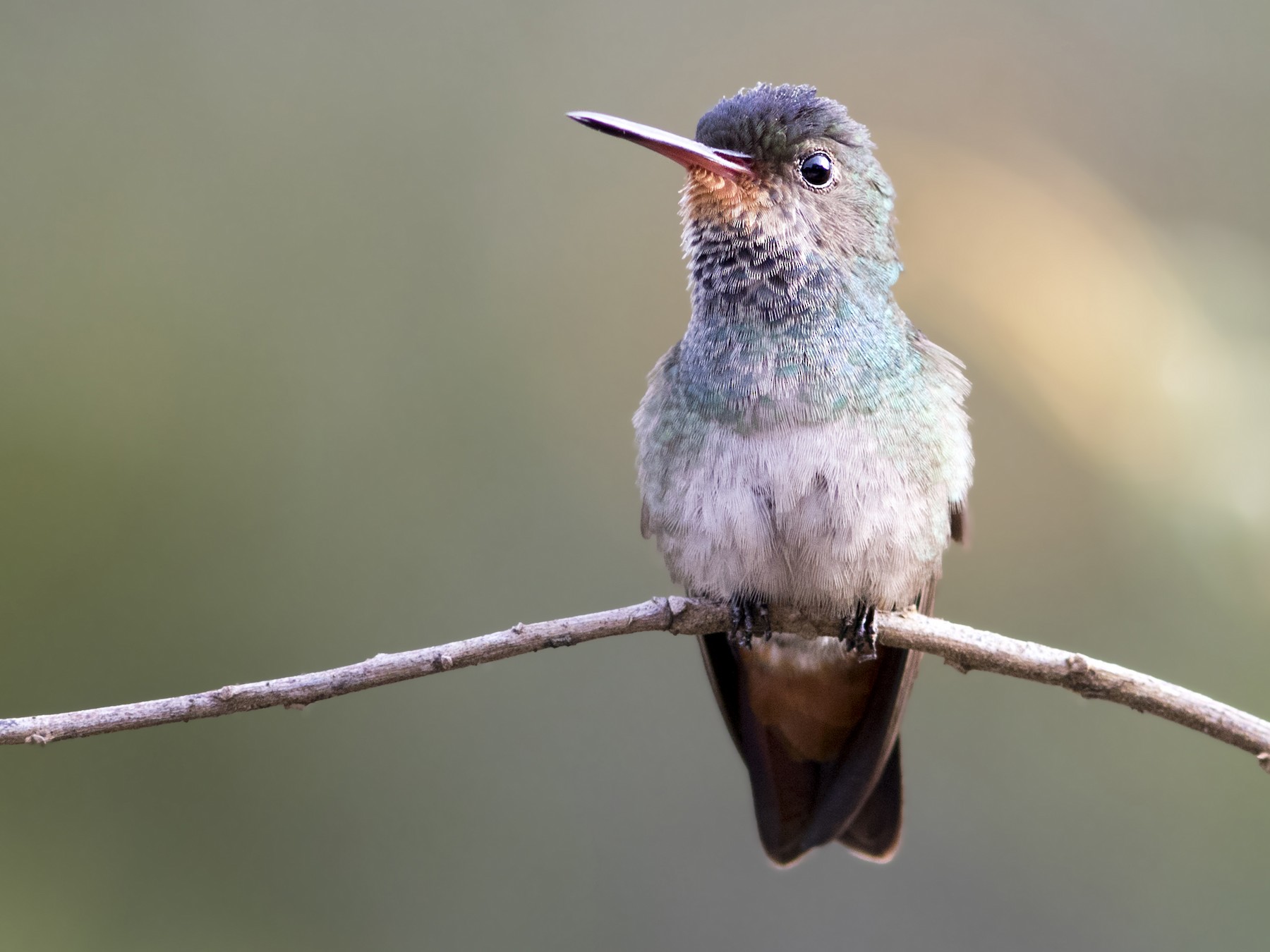
The female is similar in appearance to the male, however, the violet and green tones on her underparts have a speckled quality, with a pale center on her belly.
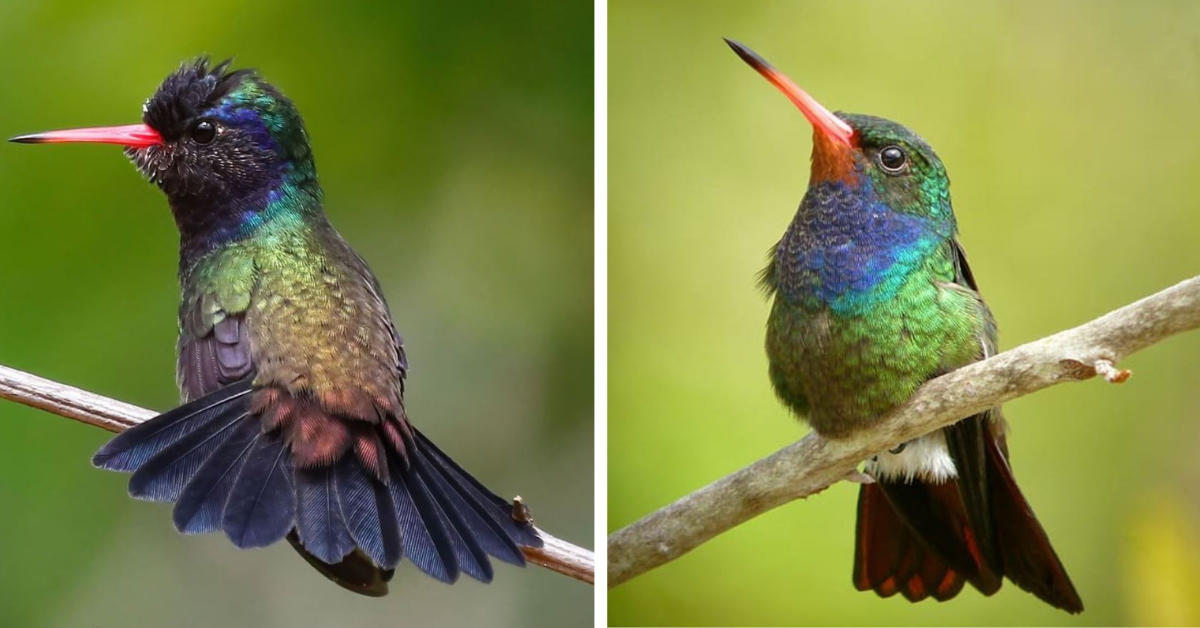
Her bill is red with a blackish tip. The tail of both the male and the female is coppery, with more saturated colors on the male.
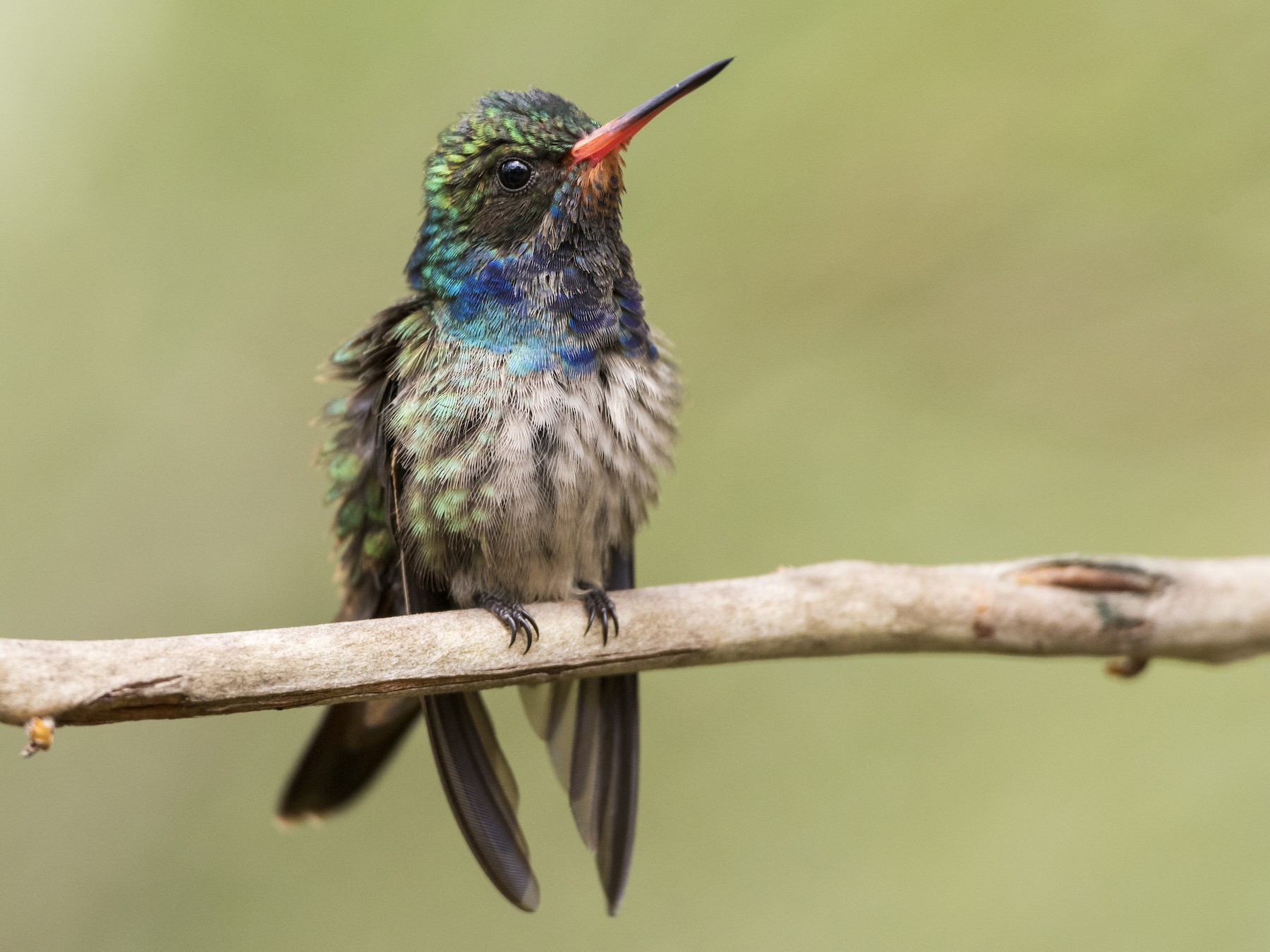
Rufous-throated Sapphire – Photo Courtesy of Marcial4 / CC BY-SA 3.0
The Rufous-throated Sapphire is said to be superficially similar to the Golden-tailed Sapphire. Rufous-throated Sapphire ranges from Orinoco Valley, in Venezuela, to Peru, east of the Andes. It can also be found in the Guianas and Southeastern Brazil, as well as Northeastern Argentina and Northeastern Bolivia. In Suriname, it can be found in forest edges of savanna, plantations, and mangroves.
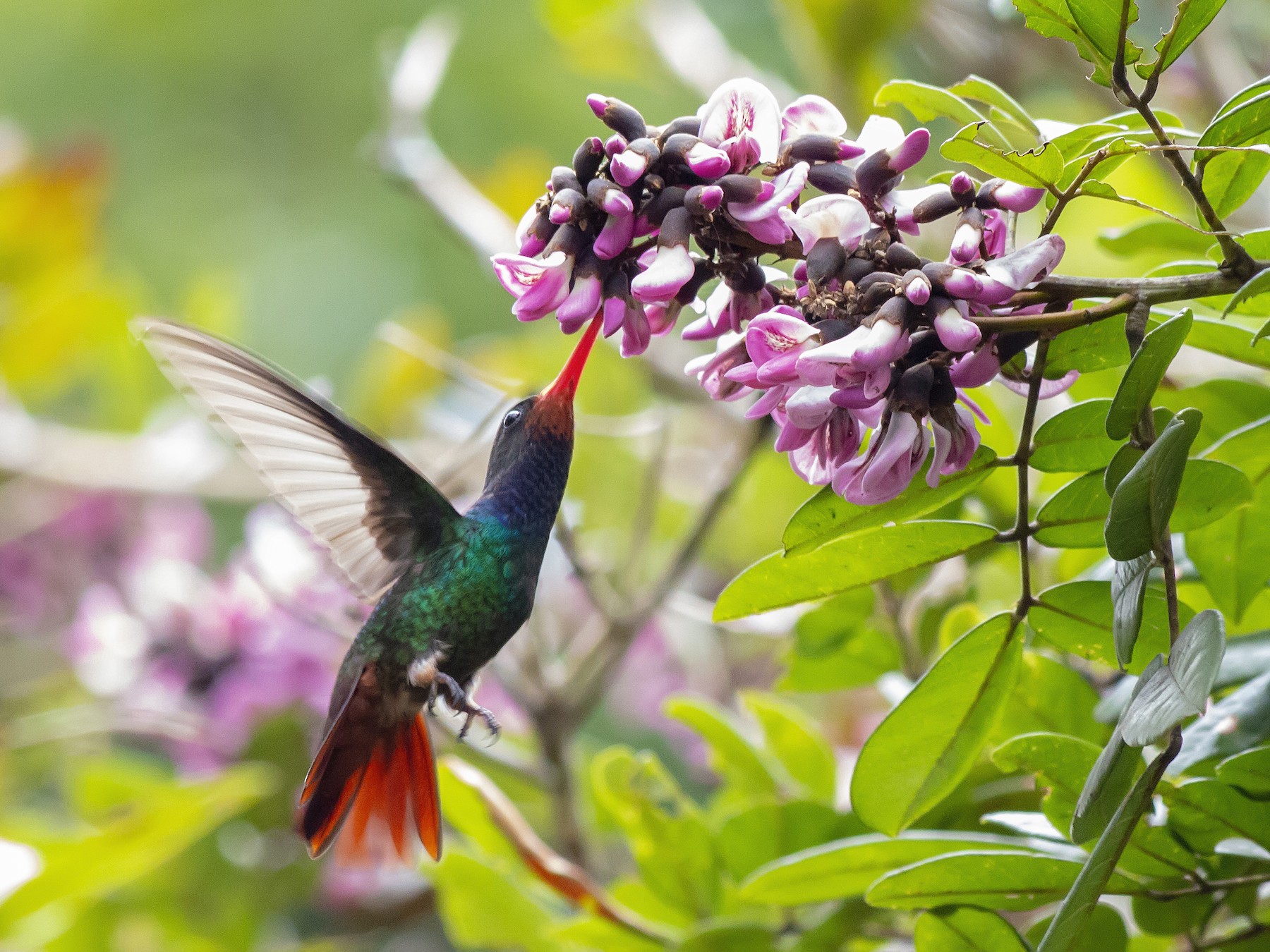
These birds frequent forest edges, savanna with scattered bushes and loose trees, clearings around granite outcrops where they dine on the nectar from flowering shrubs, or in the canopy of flowering trees. They also catch insects on the wing by hawking and spiders by tree gleaning.
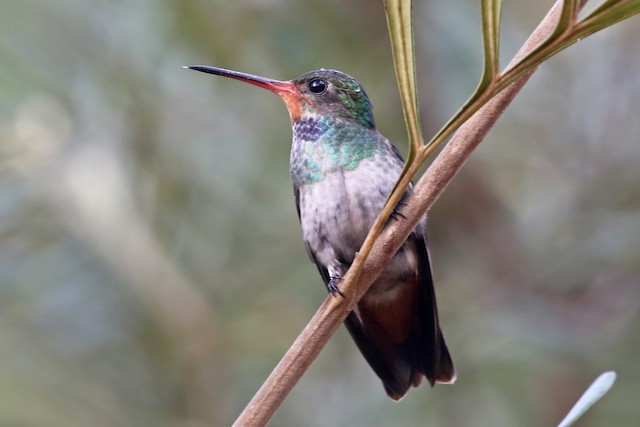
Rufous-throated Sapphire build a small cup-shaped nest made with soft plant material lined inside with seed down and plant fiber. The nest itself is built around 4-6 meters high in a tree, or on a horizontal branch. A clutch of 2 eggs is laid within and incubated by the female for up 14-16 days. The young a fully-fledged after 22-27 days.
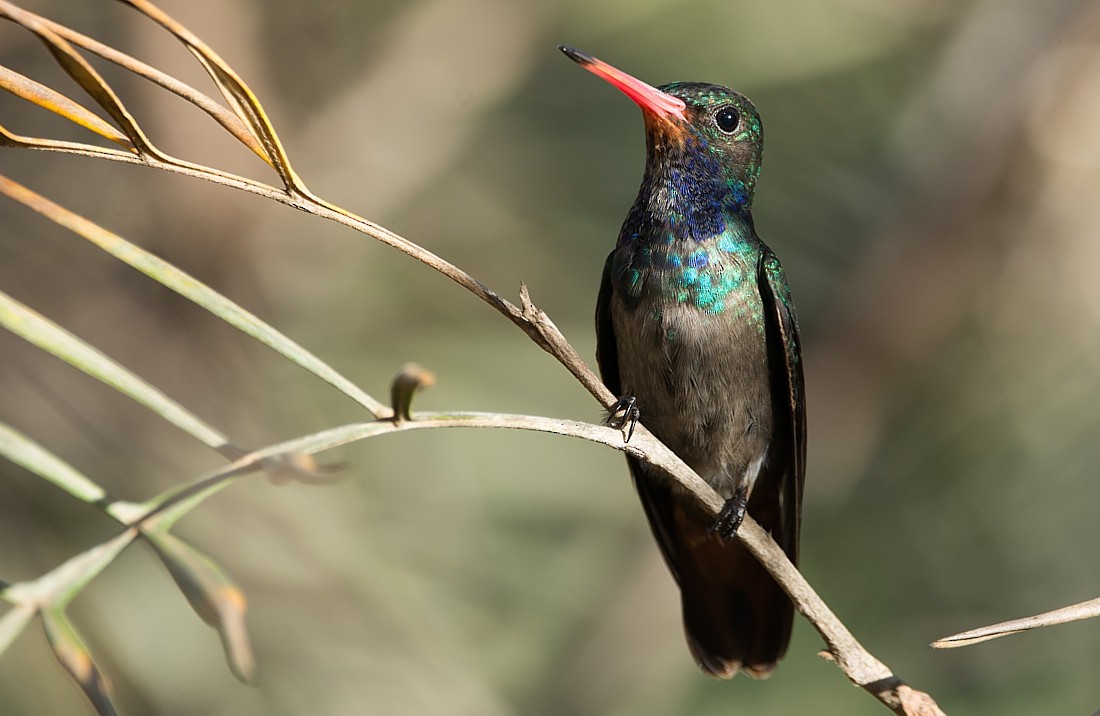
Due to their large range, currently 4,200,00 km, this species is not considered to be under any immediate threat on the ICUN list.
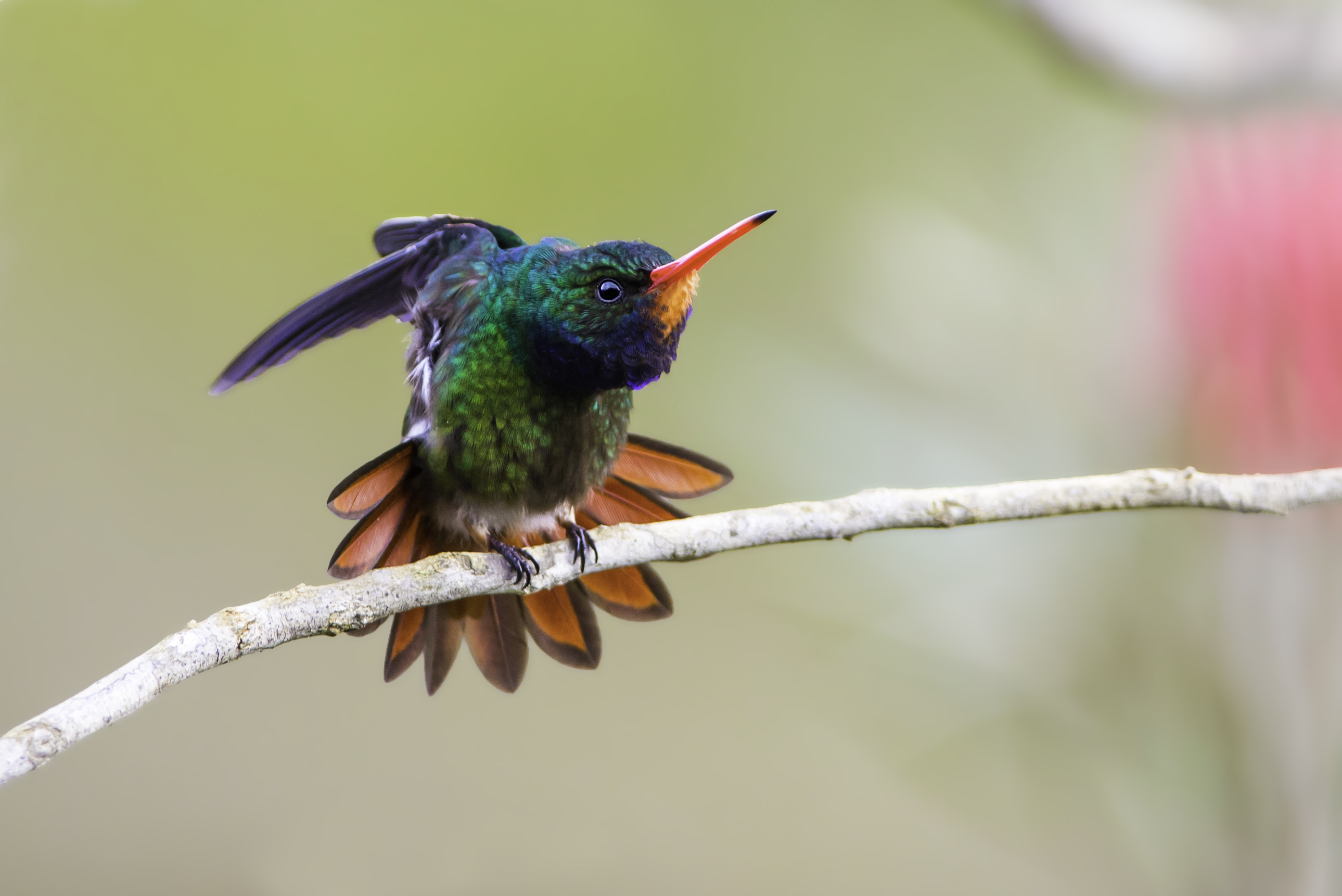
Watch this bird right here on the video below:

